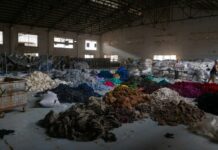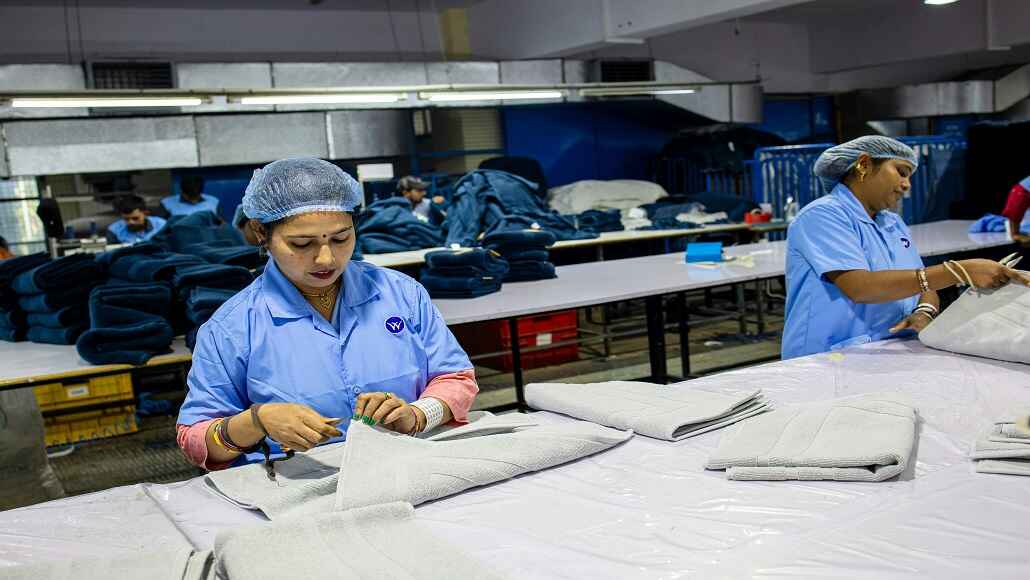India’s major textile hubs, Gujarat and Maharashtra, are grappling with significant disruptions in fabric and garment production due to an acute labour shortage. These labour-intensive industries are heavily reliant on manual workers, and the reduced workforce has caused a noticeable decline in output. Surat, Gujarat’s renowned textile hub, has reported up to a 50% drop in factory production. However, despite lower production levels, weak retail demand is likely to prevent any major increase in fabric prices.
Surat, famous for its weaving, processing, and garmenting activities, depends on a large workforce, much of which hails from Uttar Pradesh and Bihar. These workers typically return to their native villages during the summer months for one to two months. Paid on a per-output basis, their absence affects both their earnings and factory operations. Many workers leave to engage in agricultural activities or harvesting, which often offer higher seasonal wages. This recurring migration has led to a situation where labour shortage disrupts textiles, not just in Gujarat but across Maharashtra as well.
Despite these challenges, industry experts suggest that a sudden supply drop or fabric price spike is unlikely. Manufacturers had anticipated this annual labour migration and adjusted their production schedules accordingly. Wholesalers have also stocked up inventories to handle summer demand. Furthermore, the current steady to slow retail demand for textiles and garments does not create conditions for price increases or widespread shortages.
Short supply of specific textile varieties might occur, but only in isolated cases. Experts note that the region’s current demand levels have already been factored into production planning. Additionally, labourers, who often return to their native regions during the Holi festival, are now gradually resuming work in factories. However, the recurring trend where labour shortage disrupts textiles remains a challenge that the industry must navigate carefully each year.



































